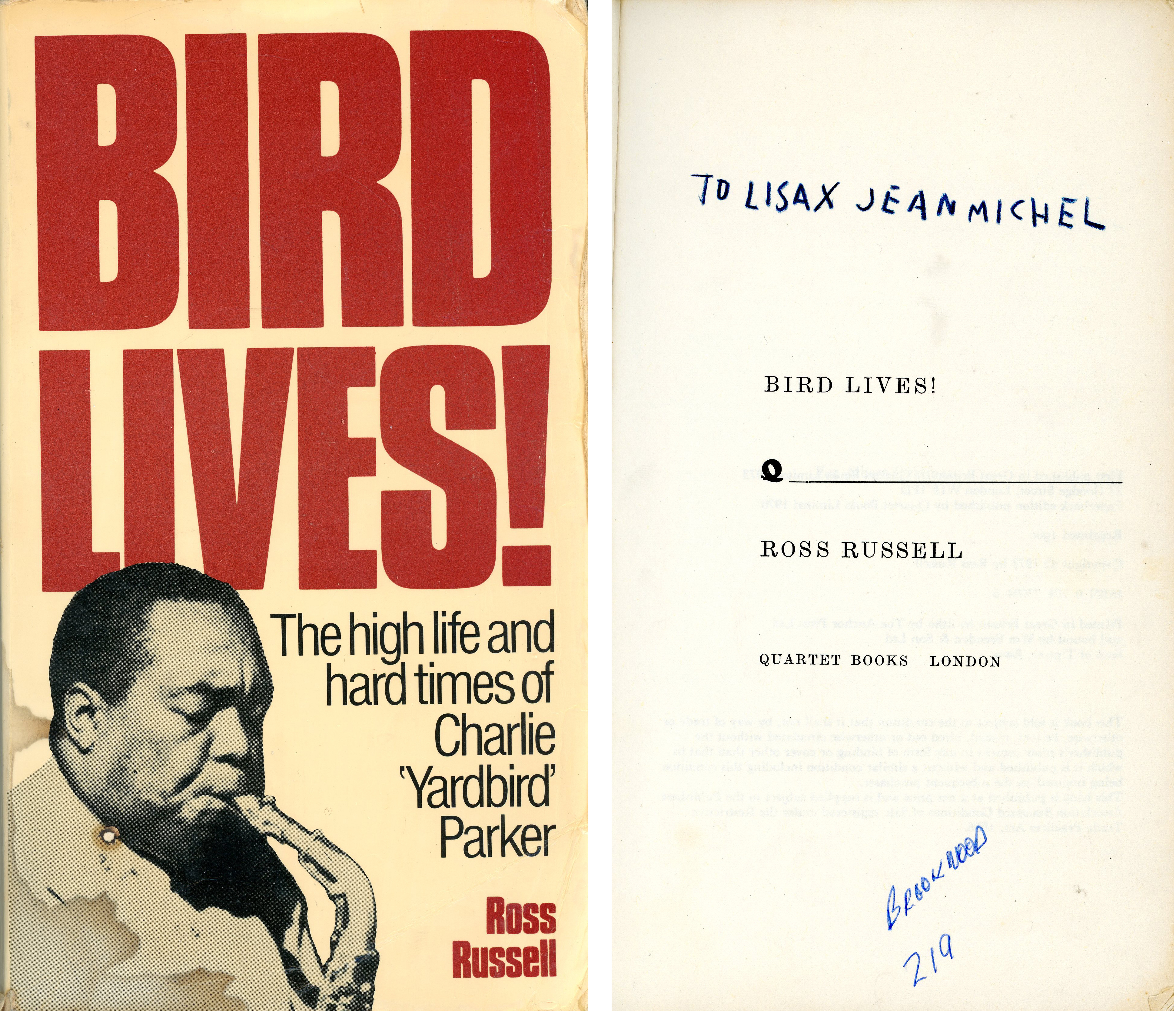
Harvey Wang, Adam Purple’s The Garden of Eden, original color photograph, 1979.
Size: 10 x 8 Inches.
The Garden of Eden was undoubtably a striking addition to the empty lots and burned-out buildings that dominated the Lower East Side in the 1970s. Created over a ten-year period by Adam Purple, with the help of his partner Eve Purple, the garden transformed an empty lot on Eldridge Street into an alluring oasis with alternating rows of cultivated vegetation and reclaimed bricks arranged in an ever-expanding design of concentric circles.
Downtown photographer Harvey Wang captured the earthwork in its full glory in the late 1970s, in pictures that were later widely reproduced when the garden was threatened in the 1980s by plans to build low-income housing on the site. Art critic Lucy Lippard declared the “Garden of Eden … a work of art … an urban earthwork in the tradition of the great Japanese and European gardens.” Many rallied to the cause, but after two years of petitions and demonstrations, the battle was ultimately lost, and the garden was destroyed.
Gallery 98 has recently obtained a collection of Garden of Eden ephemera, mostly xeroxes distributed by Purple, of pages from Life With Les(s) Ego, his evolving autobiography with newsclips assembled in three-ring binders. Adam Purple’s (1930 – 2015) writings reveal an eccentric outsider often in the throes of messianic ambitions. How far out-of-bounds he actually was, however, only became clear after his death in 2015, when his four daughters revealed that he sexually abused them, and that he had served time for child molestation in Australia.
Although tainted, Garden of Eden deserves to be remembered. It was probably an inspiration for the nearby Rivington School Sculpture Garden (1983-87), an anarchistic jungle of metal sculpture documented in a photo portfolio by Toyo Tsuchiya. More generally Garden of Eden can be seen as the first in an ongoing tradition of urban gardens that still flourishes in the East Village.
The Garden of Eden, Eldridge Street between Rivington and Stanton Streets. Demolished January 8th, 1986.

Crain’s New York Business, A garden grows in Manhattan, featuring a photo by Harvey Wang from 1978, xerox of newspaper clipping, 1985. Size: 8.5 x 11 inches.
From Life with Les(s) Ego, Adam Purple’s constantly evolving autobiography consisting of writings and clippings assembled in three-ring binders. Adam Purple would often take pages out of the binders and make xerox copies for distribution. Only a few copies of the complete book exist today.

The Garden of Eden: An Environmental “Radical Transformation”, by Adam Purple: Landscape sculptor certified by the Department of Cultural Affairs of the City of New York, ten-page project description, c. 1985. Size: 8.5 x 11 inches (each)

Help Save This Internationally Recognized Earthwork, flyer created by Friends of The Garden of Eden, 1984. Size: 8.5 x 11 Inches
Adam Purple (born David Lloyd Wilkie, 1930 – 2015) aka John Peter Zenger II, Rev. Les Ego, and General Zen

Harvey Wang, Adam Purple, vintage silver gelatin work print for publication, 1978.
Size: 10 x 8 Inches

Adam Purple, Species Survival, four-page printed brochure, 1984.
Size: 8.5 x 11 (Folded) 17 x 11 (Unfolded)

Rev. Les Ego (Adam Purple), flyer with text paraphrased from “The Apology” of Socrates by Plato, created for Human Rights Day December 10th 1986. Size: 8.5 x 11 inches.


The Daily News, The Last Days of Eden, xerox of newspaper clipping, 1984.
Size: 8.75 x 11 Inches
From Life with Les(s) Ego, Adam Purple’s constantly evolving autobiography consisting of writings and clippings assembled in three-ring binders. Adam Purple would often take pages out of the binders and make xerox copies for distribution. Only a few copies of the complete book exist today.
See more items on Gallery 98’s Adam Purple and The Garden of Eden page.











